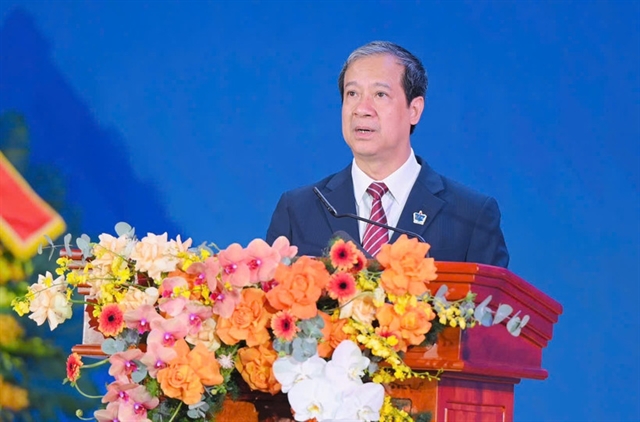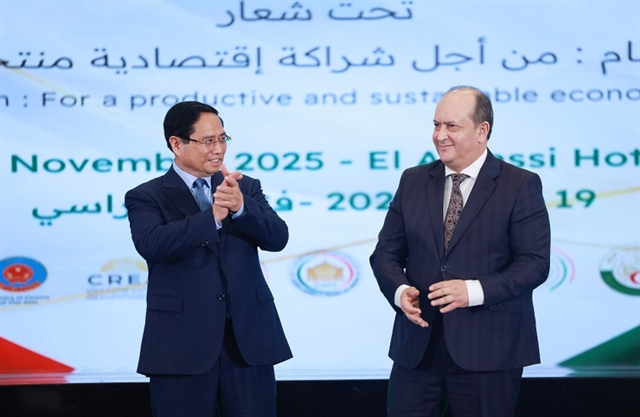 Economy
Economy
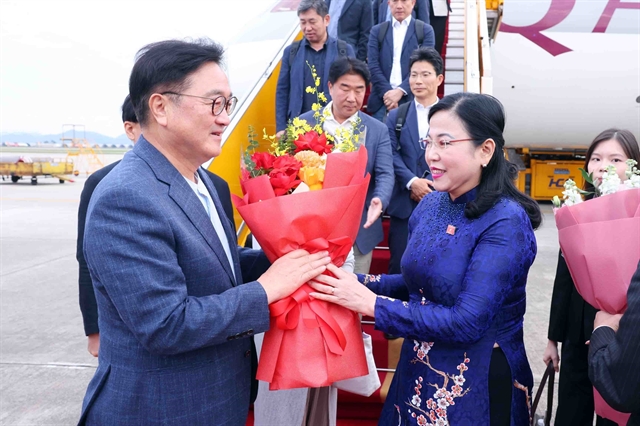
The first batch of fragrant rice will be shipped to EU under the Europe-Vietnam Free Trade Agreement (EVFTA) by the end of this month, said the Ministry of Agriculture and Rural Development.
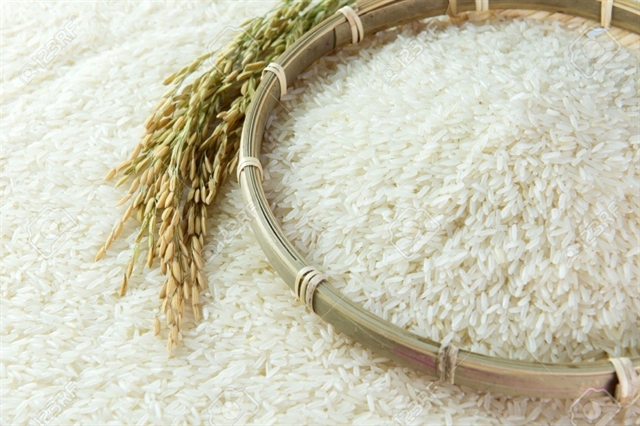
|
| Rice is one of the key products of Việt Nam. Vietnamese businesses and farmers will focus on meeting the EU’s strict quality requirements, expanding the growing area and export volume, diversifying varieties, and building brands for Vietnamese varieties in the EU market. – Photo baochinhphu.vn |
HÀ NỘI — The first batch of fragrant rice would be shipped to the EU under the EU-Vietnam Free Trade Agreement (EVFTA) by the end of this month, according to the Ministry of Agriculture and Rural Development.
An announcement ceremony was held on Tuesday at the southern province of An Giang’s Thoại Sơn Food One Member Co., Ltd, one of five companies under Lộc Trời Group in charge of exporting rice to the EU.
This shipment will contain 126 tonnes of Jasmine 85 fragrant rice.
Lộc Trời Group has focused on investment in growth and quality control for the EU market since 2018. More than 10,000 tonnes including Jasmine 85, Japonica DS1, OM18 and OM5451 have been exported to this market. To pave the way for the EVFTA, which officially took effect on August 1, the group prepared seeds, growing areas and farmers as well as actively working with its EU partners to grasp the volume, varieties and other demands of the EU.
Chairman of Lộc Trời Group Huỳnh Văn Thòn said his group was aiming to become one of the largest exporters of rice to the EU by concentrating its resources on meeting the EU’s strict quality requirements, expanding its growing area and export volume, diversifying varieties, and building brands for Vietnamese varieties in the EU market.
“With the strategy of joining the global supply chain and always meeting high standards, Lộc Trời Group will endeavour to take advantage of the EVFTA’s incentives to bring Vietnamese rice and other agricultural products to markets around the world,” Thòn said.
Minister of Agriculture and Rural Development Nguyễn Xuân Cường said the EVFTA was the key for Việt Nam’s agricultural exports to reach new markets. With 27 member countries, a population of 511 million, and GDP of over US$35,000 per capita, the EU is a big market with a high income.
Cường said the EU had earmarked Việt Nam a quota of 80,000 tonnes of rice with zero per cent tax rate per year (including 30,000 tonnes of milled rice, 20,000 tonnes of unmilled rice and 30,000 tonnes of fragrant rice), in addition to 100,000 tonnes of broken rice.
For other products made from rice, the EU will bring the tax rate down to zero per cent after three to five years.
“To take advantage of this agreement, the agricultural sector needs to promote the restructuring of production chains, in which there will be a close connection among co-operatives, businesses and farmers to set up a closed process from materials to processing, ensuring traceability, food safety and paying attention to packaging and labels,” Cường said.
“That way, we can exploit the EU market well,” he added.
Lộc Trời is implementing a roadmap towards the goal of consuming one million tonnes of rice through the construction and development of a system of 1,000 affiliated co-operatives, in which it will use 1,000 drones in agricultural production by 2024.
According to the General Department of Customs, Việt Nam’s export turnover to the EU reached $3.78 billion in August, about $600 million higher than the average for the first seven months of the year.
Sine the EVFTA was implemented, many Vietnamese export products have witnessed positive changes in the EU market. Other agricultural products to be exported to the EU under the agreement include shrimp, coffee and passion fruit. — VNS

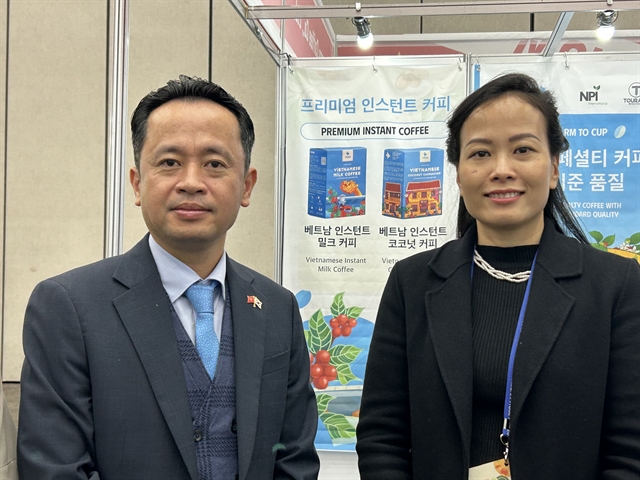
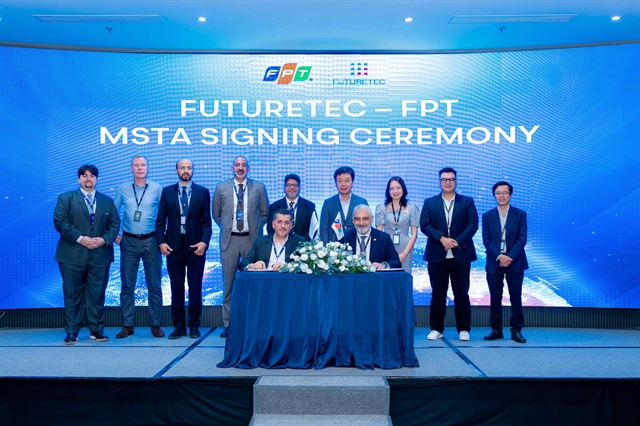
.jpg)
